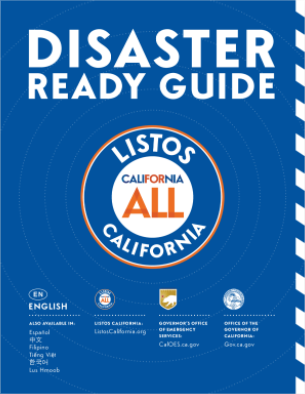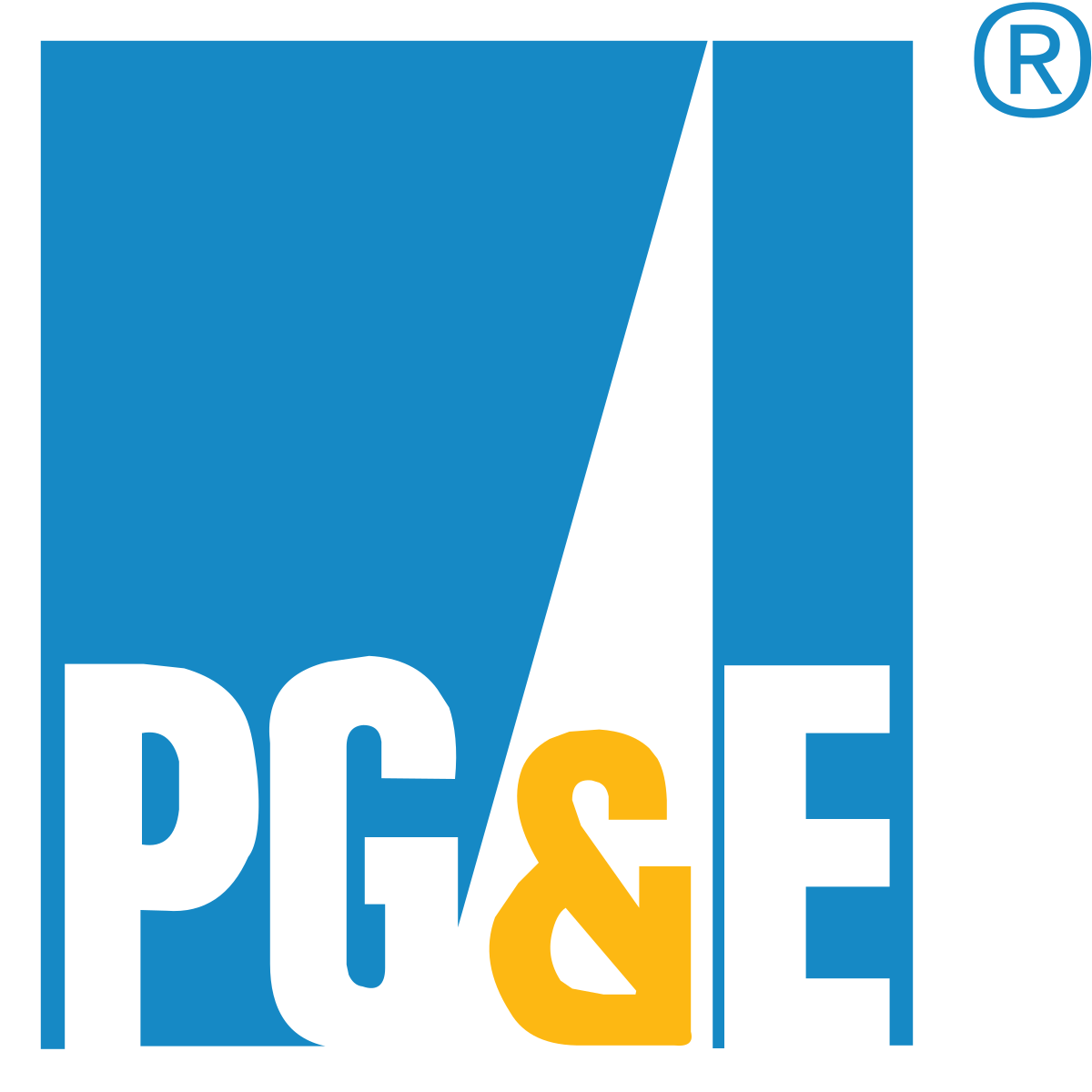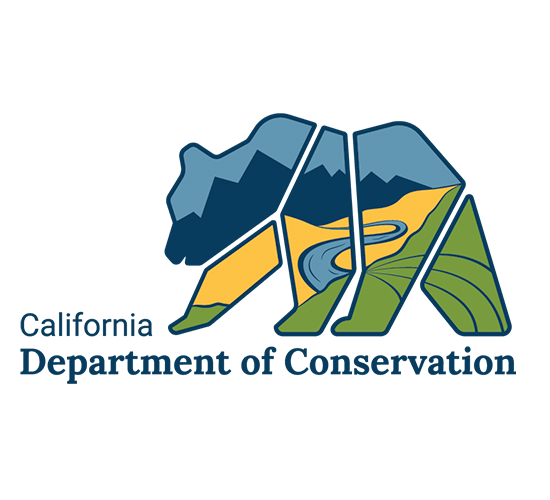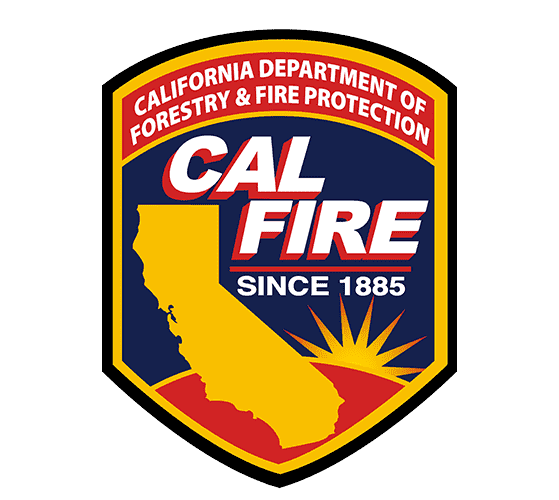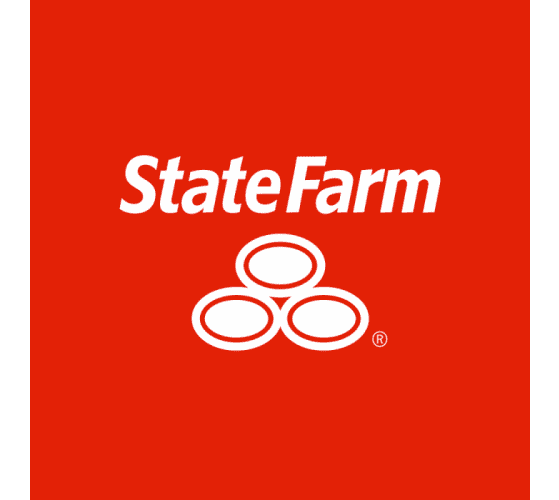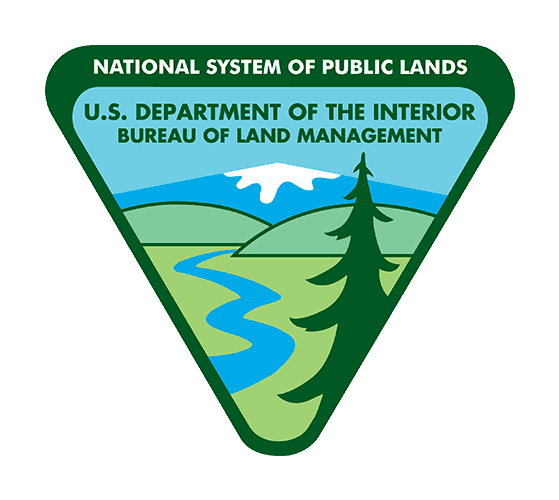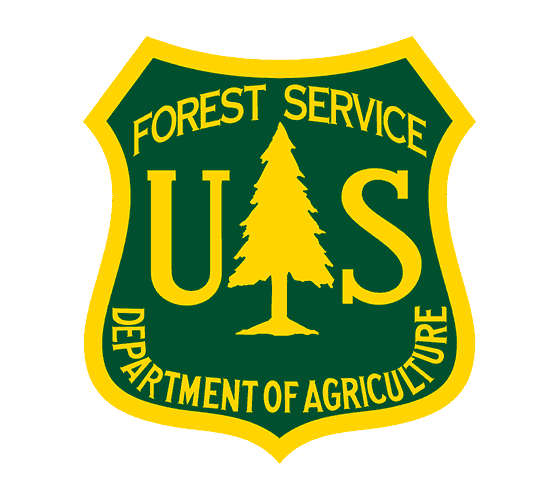We have printed brochures available for local Fire Safe Councils and other community wildfire practitioners, including our CFSC Pocket Guides, CFSC Posters, and the Listos Disaster Guides. Our CFSC Brochures are currently under review as we re-develop them to current standards. Please use the button below to order any of our materials available to ship.
The California Fire Safe Council (CFSC) helps coordinate a strong network of partnerships with local, regional, state, and national organizations in order to help California residents acquire the education, resources, and tools they need to be better prepared for wildfire.
Defensible Space is the law in wildfire-prone areas. Contact CAL FIRE or your local fire department for specific defensible space information and local ordinances.
How Homes Catch Fire
Ember Storm
Embers are small pieces of burning material that can travel more than a mile ahead of a wildfire. They can create spot fires when they land on combustible materials, such as leaves in your gutter or plants under your windows.
Radiant Heat
The radiant heat generated from burning structures or plants can be hot enough to ignite a house without direct flame contact. This is particularly challenging in densely populated areas, where the heat from one burning home can ignite the next.
Direct Flame
Depending on time and exposure, direct flame contact can ignite your home. The flaming front of a wildfire is often not hot enough to ignite a house, but plants under windows ignited by embers or direct flame can break glass, allowing the fire to enter the house.
Hardening Your Home
Fire hardened means your home is prepared for wildfire and an ember storm. It does not mean fireproof. Home hardening addresses the most vulnerable components of your house with building materials and installation techniques that increase resistance to heat, flames, and embers that accompany most wildfires.
Learning to live with wildfire includes taking steps to reduce the risk to homes. Homes built to modern (2008 or later) building codes, with an adjacent and well-maintained defensible space, have a much better chance of surviving wildfire. Maintenance and upgrades to older homes can significantly improve the chance of your home surviving a fire.
Key Elements of a Defensible Space
- Keep your gutters and roofs clear of leaves and debris.
- Maintain a 5-foot noncombustible zone around your home and deck.
- Break up fuel by creating space between plants, and between the ground and the branches of trees.
- Mow grass to a height of 4 inches.
- Keep mulch away from the house. Bark mulch helps plants retain water but ignites and becomes flying embers during a wind-driven fire.
- During a wildfire move anything burnable—such as patio furniture or gas BBQ tanks—30 feet away from structures.
We’ve learned from recent fires that hardening your home and keeping the 5 feet closest to your house clear of flammable materials greatly improves the chance of surviving a fire. Maintaining defensible space is the law within 100 feet of a home in wildfire-prone areas, and highly recommended elsewhere. If a garage, shed, your neighbor’s house or the property line is closer than 100 feet, it is especially important to “harden” the home itself to reduce vulnerability to radiant heat, and to work together with your neighbors to reduce risk—a great way to build community while protecting assets.
